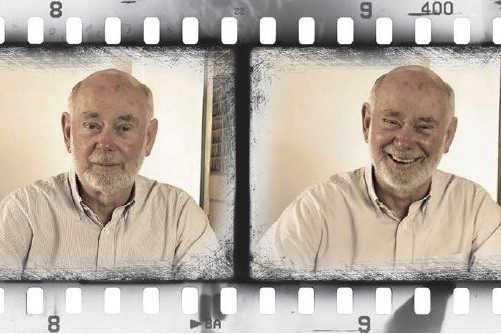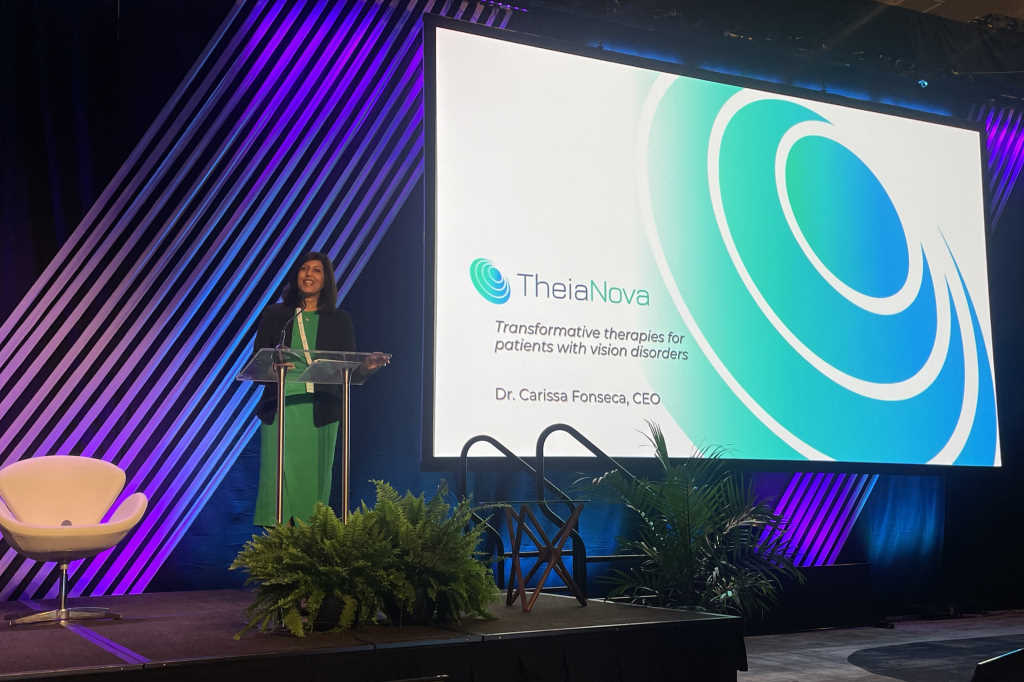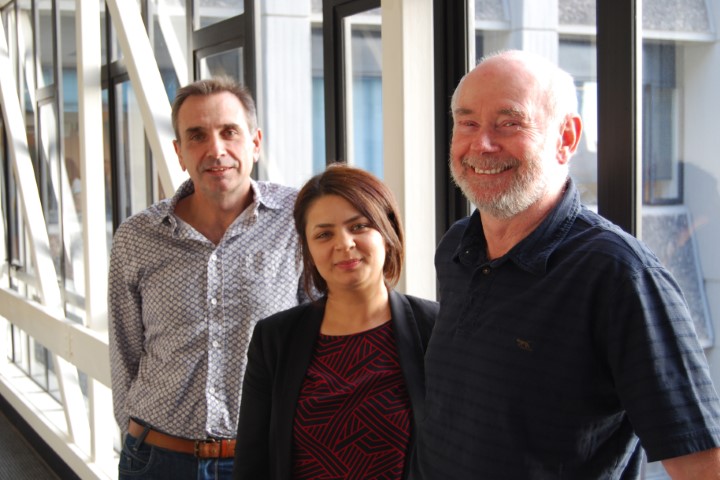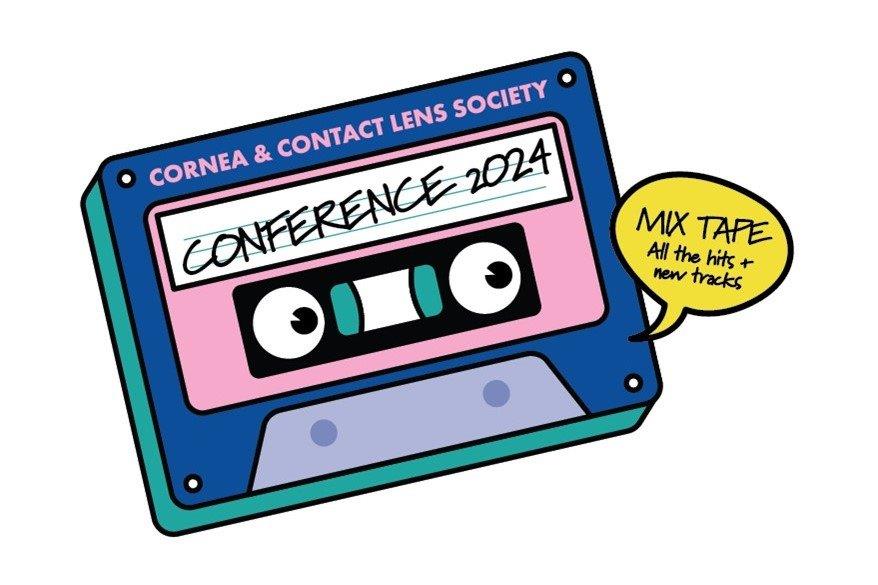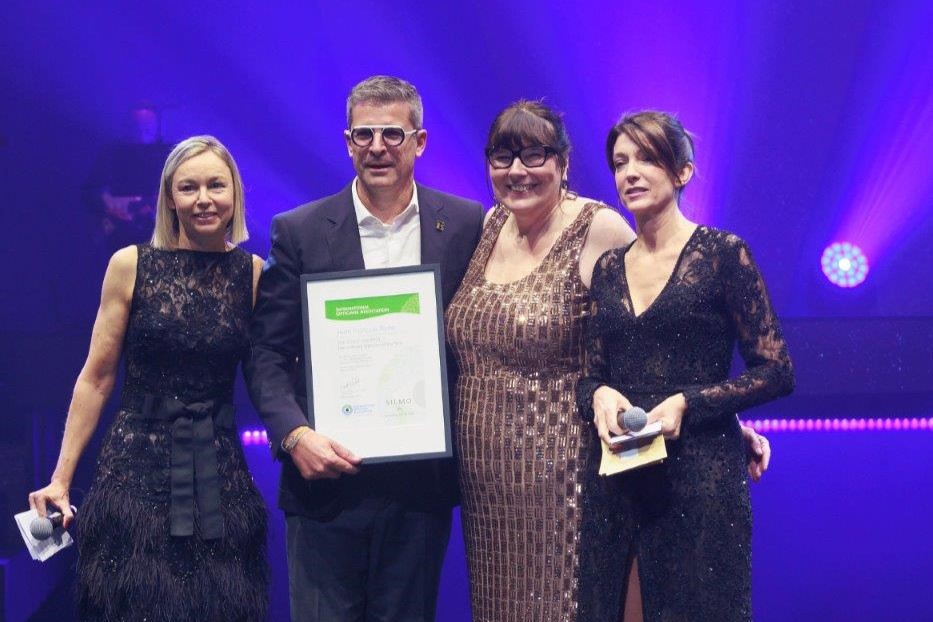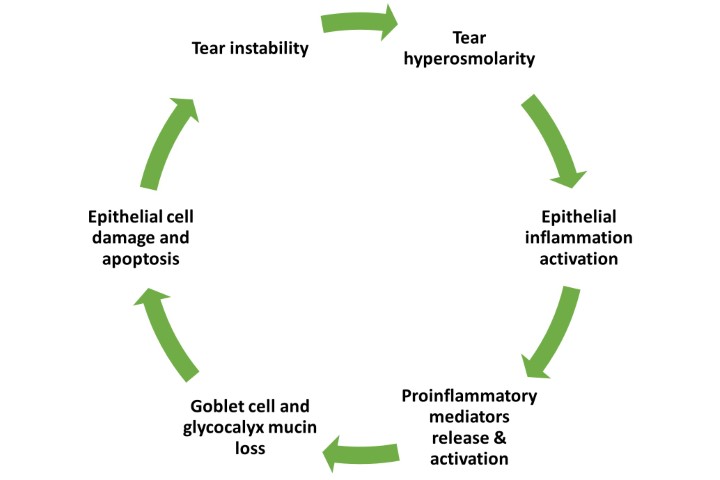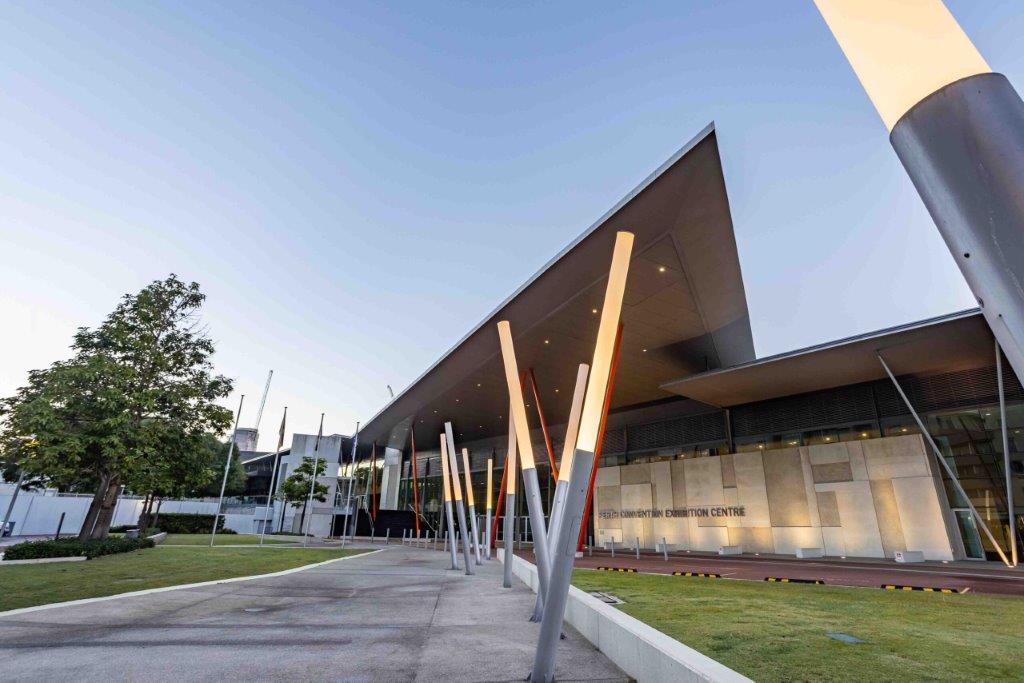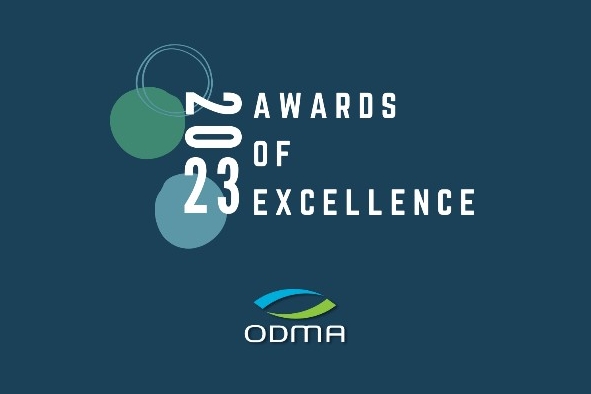Farewelling a research gentleman
It was with great pleasure that I accepted an invitation to interview Professor Colin Green about his contribution to the Department of Ophthalmology at Auckland University. Although recently retired and committed to taking a step back, Prof Green says he’ll remain involved in some capacity.
“I think it's important that old professors leave before they fall off their peak and end up wandering around the corridors with people saying, ‘what the heck is he still doing here?’”
Prof Green stepped back officially in July this year after 15 years as the inaugural W&B Hadden chair of ophthalmology and translational vision research, and after developing an international reputation in research into wound healing, particularly within the cornea. The occasion was marked with a ‘corridor’ party, where his university colleagues shared drinks, cake and more than a few memorable stories.
Prof Green will be sorely missed, says one former colleague, Dr Stuti Misra. “Colin is always so full of energy and so enthusiastic when talking about science. You can’t help but be carried away in his ideas! He is one of the best scientific minds I have been fortunate to work with. I am sure Colin will now enjoy watching a full Formula 1 Grand Prix season – live!”
Beginnings
Prof Green began his journey at the University of Auckland with a BSc degree, an MSc (1st class honours) and then a University Grants Committee scholarship to complete his PhD. With a passion for cell biology, he worked overseas for 12 years on cell-to-cell communication channels and their role in cardiovascular disease and developmental biology. Returning to New Zealand in 1993 he was appointed senior lecturer in anatomy with radiology, establishing the Biomedical Imaging Research Unit at the university. It was here his team developed the Nexagon compound for studying developmental biology, but he soon realised it had far more potential for tackling non-healing wounds.
Colin attributes his early studies into Nexagon as instrumental to sparking his well-known enthusiasm for ocular research. Serendipitously, after completing the early stages of this work, renowned radiologist Dr Wendy Hadden and her husband, well-known ophthalmologist A/Prof Bruce Hadden, established their ophthalmology research chair. This greatly attracted Prof Green, especially as his university colleague Professor Charles McGhee, the foundation Maurice Paykel chair of ophthalmology, was quickly becoming a positive force as head of the ophthalmology team, he says. “I could see Charles was building a strong department with a research focus which appealed.” So, in 2005, Prof Green shifted his focus to ophthalmology.
Developing a research pipeline
Prof Green’s team in the ophthalmology department has averaged more than seven journal publications a year for the past 10 years and much success in winning research funding. Prof Green says he feels his part of the department is now at a peak and the younger researchers and medical students coming through will be able to comfortably build on his and others’ research foundations.
His personal legacy includes five patented new compounds that are in various phases of clinical trials. Four of these target the connexin hemichannels that regulate the body’s inflammatory response. The first, Nexagon, a topical drug, has primarily been targeted at treating non-healing wounds, but Prof Green said it’s his hope that Nexagon’s abilities will expand into other areas, such as dry eye disease. It is currently in phase II/III pivotal clinical trials in India and should go directly into clinic after completion, hopefully by 2021, he says. “The trial was delayed slightly with Covid-19 restrictions, but the first patients have been randomised into the trial and it is underway. Of course, in drug development, one adverse event and the whole thing can crash and burn but there is every reason to expect a really good outcome with this one.”
The other three compounds target the immune system. Prof Green explains, “What is now becoming clear is that in chronic disease, the innate immune system does not shut down when the adaptive system takes over and, the older we get, the harder it is to shut it down, so that is why so many of these chronic diseases are age related.”
Xiflam is a novel, small molecule that Prof Green and his team have identified as a hemichannel blocker. It’s taken orally as a once-daily tablet to treat diabetic macular oedema and geographic atrophy. It is a repurposed GlaxoSmithKIine molecule that has already been trialled in more than 1500 patients, over 20 years ago. “All the toxicity and carcinogenicity studies have been done, now we need to apply it to the human condition,” says Prof Green adding he’s hopeful the phase II and III trials may be fast tracked through the US Food and Drug Administration (FDA), so the compound could be available as early as next year.
The remaining two compounds are intravitreal injections also targeting the innate immune response. The advantage of these are their fast-acting nature; “almost instant”, when compared to an oral tablet (one to three hours), which is very important in a vein or branch artery occlusion, says Prof Green. These two drugs, Peptagon and Xentry-Gap19, are still in the early stages of drug development and the research team is currently seeking funding for toxicity and carcinogenicity trials.
Prof Green and his research colleagues’ other patented compound is Pachymatrix, a topical drop of very low steroid concentration (1/2000th of the current ophthalmic dose), combined with a growth factor (5% of the concentration circulating in the blood stream). When the steroid and growth factor combine on the eye, they cause the stromal keratocytes to lay down new collagen which stiffens the cornea, he explains. To date, the compound has been proven to work in donor corneas (ex vivo), both normal and keratoconic, and in sheep corneas (in vivo). The team is currently awaiting funding for a proof-of-concept trial with 20 keratoconic patients in Sydney all lined up and ready to go.
Stepping aside
Given his length of service, research achievements and the exciting stage much of his work is at, it’s no wonder Prof Green wants to step back. “I am a little too thinly spread, with too many balls in the air.” But it is near impossible to step away quickly, he says, so the idea is that he’ll continue to provide guidance as his compounds make their way through their various clinical pathways.
He says he’s incredibly grateful to have been part of such a fabulous department. “I really owe a debt of gratitude to Charles who brought me in, but also to Wendy and Bruce who made this possible. I'm also extremely grateful to all the colleagues who I have worked with over the years. I think we have now reached a momentum that I hope to see continue.”
As things slow down for him a little on the work front, Prof Green says he plans to clock up some kilometres on his newly purchased e-bike. Travel is also top of his bucket list, as he and his wife, Paula, plan to take a leisurely tour of the South Island in their Porsche Boxster - not the e-bike! He laughs – and border openings allowing, an extended holiday in Europe.
It was an honour interviewing Prof Green and hearing about his many accomplishments and accolades that signify what an asset he has been to the ophthalmology department. He is indeed a gentleman who will be greatly missed.
Louise Wood is a therapeutically qualified optometrist working at City Eye Specialists in Auckland, New Zealand.










